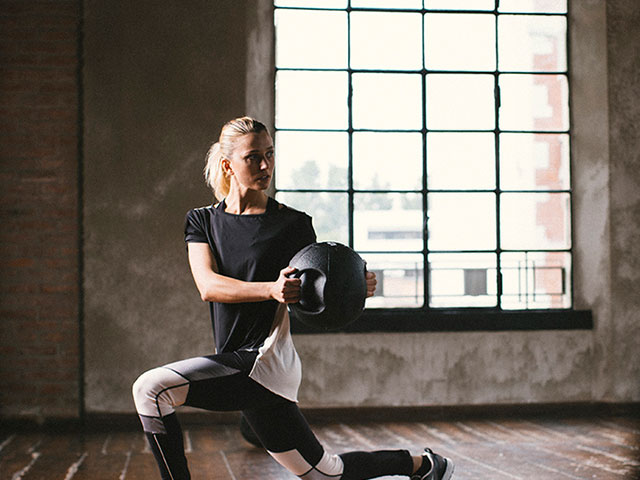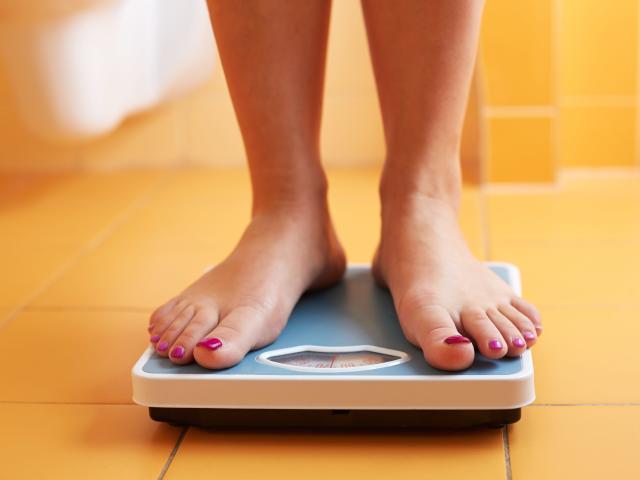Importance of Stretching to Your Routine

When we think about fitness, activities like cardio and strength training often come to mind. However, one crucial aspect that should not be overlooked is flexibility. Flexibility refers to the ability of our muscles and joints to move through their full range of motion. While it might not be as glamorous as lifting weights or running, incorporating regular stretching into your fitness routine offers a host of benefits for your overall health and well-being. In this blog post, we’ll delve into the importance of stretching, its benefits, and how you can effectively incorporate flexibility exercises into your daily routine.
The Benefits of Flexibility:
Improved Range of Motion: Regular stretching increases the flexibility of your muscles and joints, allowing them to move more freely. This improved range of motion enhances your physical performance in various activities.
Reduced Muscle Tension: Stretching helps release muscle tension and relaxes tight muscles. This can alleviate discomfort and reduce the risk of muscle-related injuries.
Enhanced Posture: Flexibility exercises can improve your posture by helping to lengthen tight muscles that can lead to poor alignment.
Injury Prevention: Flexible muscles and joints are less prone to strains, sprains, and other injuries. Stretching helps improve muscle and joint function, making you more resilient to physical stress.
Increased Blood Flow: Stretching increases blood flow to your muscles, which can promote better circulation and nutrient delivery to tissues.
Stress Relief: Stretching has a calming effect on both the body and mind. It can help reduce stress and promote relaxation.
Improved Athletic Performance: Athletes often benefit from increased flexibility, as it can enhance agility, speed, and coordination.

Types of Stretching:
There are different types of stretching techniques, each with its benefits and purposes:
Static Stretching: This involves holding a stretch for a certain period without movement. It’s an excellent way to improve flexibility and cool down after a workout.
Dynamic Stretching: Dynamic stretches involve controlled movements that mimic the activity you’re about to perform. They help increase blood flow and warm up the muscles.
PNF (Proprioceptive Neuromuscular Facilitation) Stretching: PNF combines stretching with contracting and relaxing the targeted muscle group. It’s often performed with a partner and is effective for increasing flexibility.
Incorporating Flexibility into Your Routine:
Pre-Workout Warm-Up: Start your workout with a dynamic warm-up that includes dynamic stretches like leg swings, arm circles, and hip rotations. This prepares your muscles and joints for the upcoming activity.
Inter-Workout Stretching: Consider incorporating short stretching breaks during your workout to maintain flexibility and prevent muscle tightness. Stretch the muscles you’ve just worked on after completing a set.
Post-Workout Cool-Down: After your workout, engage in static stretches to help your muscles relax and recover. Focus on the major muscle groups you’ve used during the workout.
Off-Days: On days when you’re not engaging in intense workouts, dedicate time to a full stretching routine. Aim for at least 15-20 minutes of stretching exercises.
Effective Stretching Tips:
Warm Up First: Never stretch cold muscles. Always warm up with a few minutes of light cardio before stretching.
Stay Hydrated: Hydrated muscles are more pliable, making it easier to stretch effectively.
Breathe: While stretching, take deep breaths to relax and encourage better oxygen flow to your muscles.
Be Gentle: Stretch to a point of mild tension, not pain. Stretching should never be painful.
Hold the Stretch: Hold each stretch for about 15-30 seconds. Avoid bouncing, as this can lead to injury.
Focus on Major Muscle Groups: Target the muscles you use most in your workouts and daily activities.
Symmetry: Stretch both sides of your body evenly to maintain balance and prevent muscle imbalances.
Regular Practice: Flexibility improves with consistent practice. Aim to stretch several times a week.
Sample Flexibility Routine:
Here’s a simple flexibility routine you can try:
Neck Stretch: Gently tilt your head to one side, bringing your ear toward your shoulder. Hold for 15-30 seconds on each side.
Shoulder Stretch: Extend one arm across your chest and use the opposite hand to gently press your arm closer to your body. Hold for 15-30 seconds on each side.
Quad Stretch: Stand on one leg, bend your opposite knee, and grab your ankle. Gently pull your ankle toward your glutes. Hold for 15-30 seconds on each side.
Hamstring Stretch: Sit on the floor with one leg extended and the other bent, foot against your inner thigh. Lean forward to reach toward your extended foot. Hold for 15-30 seconds on each side.
Calf Stretch: Stand near a wall, place one foot back, and lean into the wall while keeping the back leg straight. Hold for 15-30 seconds on each side.
Hip Flexor Stretch: Step one foot forward into a lunge position. Gently push your hips forward while keeping your back straight. Hold for 15-30 seconds on each side.
Hurdler’s Stretch: Sit on the floor with one leg extended and the other bent, foot against your inner thigh. Reach forward toward your extended foot. Hold for 15-30 seconds on each side.
Child’s Pose: Kneel on the floor, sit back on your heels, and extend your arms forward. Hold for 30 seconds to 1 minute.
Flexibility is a vital component of overall fitness that is often overlooked. Incorporating regular stretching exercises into your routine can help improve your range of motion, reduce the risk of injuries, burn fat, and promote relaxation. Whether you’re warming up before a workout, cooling down afterward, or dedicating time to a full stretching routine, the benefits of flexibility training are well worth the effort. So, start incorporating stretches into your daily routine, and you’ll find yourself moving more freely, feeling more relaxed, and enhancing your overall physical well-being.




